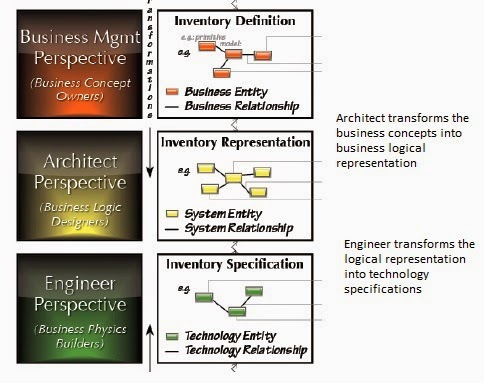
Ben Geller, VP Marketing, Troux
 We recently wrote about Enterprise Intelligence (EI) as a concept that delivers executives and decision makers with the insights they need to make more informed business and technology strategy decisions because of its enterprise transparency and visibility. In light of the recent wave of cyber security breaches it’s a good time to point out that EI insights also help with decisions related to everyday operations. In this case, strengthening cyber security
We recently wrote about Enterprise Intelligence (EI) as a concept that delivers executives and decision makers with the insights they need to make more informed business and technology strategy decisions because of its enterprise transparency and visibility. In light of the recent wave of cyber security breaches it’s a good time to point out that EI insights also help with decisions related to everyday operations. In this case, strengthening cyber security
The bad guys are winning
Cyber security experts tell us that virtual crimes have hit a tipping point. In 2013 cyber-crimes affected more than 200 million users worldwide and in the US alone more than 480 corporate data breaches occurred involving 95+ million records (The 9 Biggest Privacy And Security Breaches That Rocked 2013 / thinkprogress.org).
The attackers don’t discriminate. Government systems, social networks, and a leading retailer were all compromised leaving the public uneasy about the data they share online.
The truth shall set you free
It’s a hard truth, but the reality is that the proactive use of EI can single-handedly evade even the worst of attacks. You see, with the complete enterprise transparency EI provides there are no questions about security and exposure risk within the IT walls of a business.
For context let’s revisit the very public 2013 Department of Energy (DOE) data breach that left more than 100,000 names compromised. In this case, not knowing the lifecycle of an application cost the DOE upwards of $3.7 million in lost productivity and credit monitoring.
At the time the DOE was using Adobe’s Cold Fusion, which had become unsupported, so Adobe wasn’t sending patches to fix security holes, resulting in the security lapse.
With EI companies have a complete view of the application lifecycle so they can take appropriate measures to retire or find way to obtain extended support applications.
At Troux we work with data-cloud company, BDNA to provide clean, rich data so that companies know how their applications, technologies, processes and people relate to one another and the overall business. The BDNA Technopedia catalog contains more than 38 million researched data points for over 960,000 hardware and software products. The data is updated every day with new products and market information such as software support levels, Windows compatibility, end-of-life dates, hardware power consumption, and much more. Technopedia also tracks vendor mergers and acquisitions, informing users of market changes so enterprises are never left guessing if their data is accurate.
Evolution means evolving problems. Nowadays we have to worry about cyber bugs and attacks. With that comes new ways to fend off the perpetrators. How about using EI to fend off these online security attacks?
Recently Troux hosted a webinar on cyber security, touching on ways to proactively mitigate threats. To learn how to develop a cyber security plan for your connected enterprise, click here.


 We recently wrote about Enterprise Intelligence (EI) as a concept that delivers executives and decision makers with the insights they need to make more informed business and technology strategy decisions because of its enterprise transparency and visibility. In light of the recent wave of cyber security breaches it’s a good time to point out that EI insights also help with decisions related to everyday operations. In this case, strengthening cyber security
We recently wrote about Enterprise Intelligence (EI) as a concept that delivers executives and decision makers with the insights they need to make more informed business and technology strategy decisions because of its enterprise transparency and visibility. In light of the recent wave of cyber security breaches it’s a good time to point out that EI insights also help with decisions related to everyday operations. In this case, strengthening cyber security

